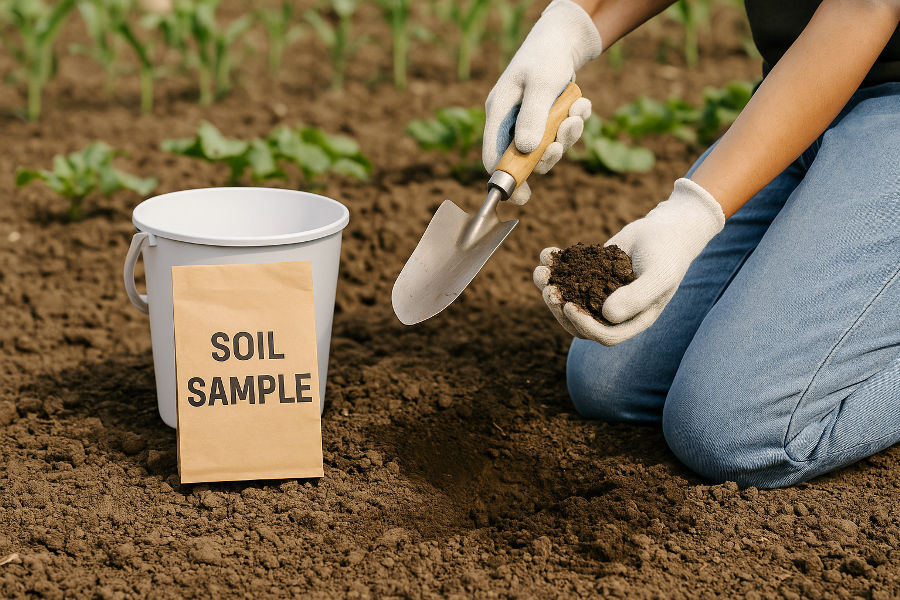How to Take Soil Sample for Testing ?
Soil testing is the first step to understanding what your soil needs for better crop growth. It helps you make informed decisions on fertilization and crop management, saving you money and increasing yield. However, to get accurate results, it’s essential to take the right soil sample.
Why soil testing matters
Soil testing provides key insights into your soil’s health. It helps you:
-
Apply the right fertilizers in the correct amount
-
Avoid wasting money on unnecessary inputs
-
Increase crop yield and quality
-
Maintain long-term soil health
Steps for taking soil samples
1. Choose the right time
Take soil samples before planting or after harvesting. Avoid sampling when the soil is wet or just after applying fertilizers.
2. Divide your field
If your field has different soil types or crop histories, divide it into sections. Take separate samples from each part for accurate results.
3. Collect soil from multiple locations
Walk through your field in a zig-zag pattern and collect soil from 6 to 8 spots.
-
Dig up to 6 inches deep (root zone)
-
Use a clean spade or soil auger
-
Put the soil into a clean plastic bucket
4. Mix and prepare the sample
Mix all the collected soil well in the bucket. From this mixture, take about 500 grams as your final sample.
5. Label and pack the sample
Use a clean, dry paper or cloth bag (do not use plastic). Label the bag with:
-
Your name
-
Village and field name
-
Crop name (if any)
-
Date of sample collection
6. Send it for testing
Submit the sample to a trusted soil testing lab. Ask for a detailed report with pH, nutrient levels, and organic matter content.
What to avoid
-
Don’t take samples from near trees, bunds, or manure heaps
-
Avoid using rusty or dirty tools
-
Don’t collect samples from wet or waterlogged soil
